40-60 nm aluminum Nanoparticles with extremely small dimensions and high surface area, has unique properties.
- Aluminum nanoparticles with dimensions of 40-60 nm
- The factors that can cause problems in the use of nano aluminum particles are:
- Aluminum nanoparticle powder
- Aluminum nanoparticles with dimensions of 40-60 nm:
- aluminum nanoparticles Unique properties
- Size:
- Features:
- High efficiency:
- Conductivity:
- Applications:
- Applications of aluminum nanoparticles
Due to their outstanding mechanical, thermal and electrical properties, these nanoparticles are used in various fields such as electronic, coating and medical industries.
The ability to increase mechanical properties and electrical conductivity, along with light scattering and corrosion resistance, is one of the attractive features of this nanopowder.
Optimum production processes and advanced applications of these products cause industries to pay more attention to nanotechnology.
Aluminum nanopowder with dimensions of 40-60 nm is used in various industries due to its high surface and special characteristics.
These nanoparticles have outstanding mechanical, thermal and electrical properties due to their high surface-to-volume ratio. For example, high resistance to corrosion, good electrical conductivity and ability to diffuse light are among their important features.
The optimal production methods of these nanopowders and their advanced applications in industries such as electronics, automobile manufacturing, and coating have attracted the attention of many researchers and industries.
Aluminum nanopowder with dimensions of 40-60 nm is usually prepared in two ways.
One of the methods is the physical method, which includes processes such as mixing, synthesizing and cooling aluminum particles.
Another method is the chemical method, which produces aluminum in the form of nanoparticles with the help of chemical reactions.
Both methods use their own equipment and processes to produce aluminum nanopowder and require precise conditions to control size and final properties.
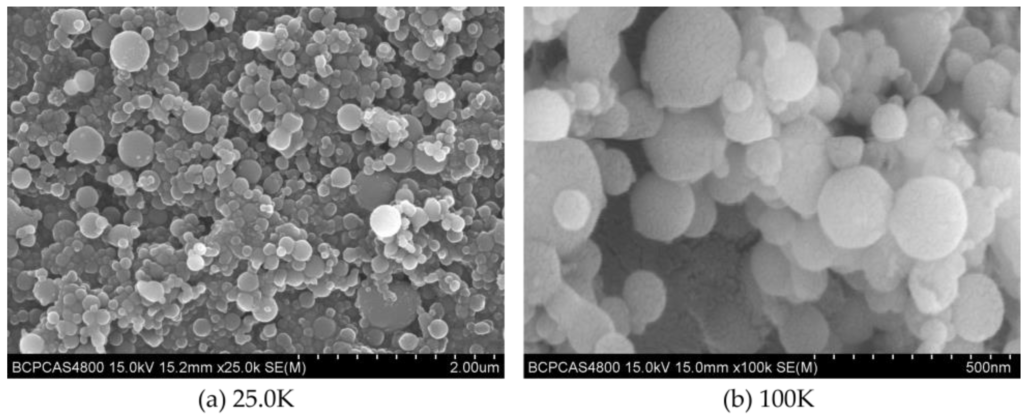
Aluminum nanoparticles with dimensions of 40-60 nm
These aluminum nanoparticles with specific sizes (40-60 nm) are composed of very small aluminum particles.
This size is suitable for different applications of nanotechnology and different industries.
The use of nano aluminum particles has advantages and disadvantages.
Among the advantages, we can mention an increase in the audience level, an increase in the mechanical and thermal properties of materials, a reduction in weight, and an increase in corrosion resistance.
Also, these particles have good electrical and electronic behavior.
On the other hand, the disadvantages of using nano aluminum particles include the health risks associated with the production and use of nano particles, the possibility of their toxicity, and the need for special technologies to prepare and use them.
The use of nano aluminum particles may be associated with challenges and problems.
Some of the possible problems are: the possibility of toxicity of nano aluminum particles to humans and the environment, the health risks associated with the production and use of these particles, the risk of creating particulate forms during their production and use, and the need for special technologies for proper control and management.
These particles. Therefore, in the use of nano aluminum particles, it is necessary that these problems and challenges are carefully considered and investigated in order to avoid their negative effects.
The factors that can cause problems in the use of nano aluminum particles are:
lack of strict control over the dimensions and properties of nano particles, lack of standardization in the production of nano particles, inefficiency in the production process and use of nano particles, failure to determine and comply with health and safety standards. in their use, and deficiencies in the technologies required for proper control and management of nano aluminum particles.
For this reason, it is necessary to carefully consider these factors in all stages of production, use and disposal of these particles.
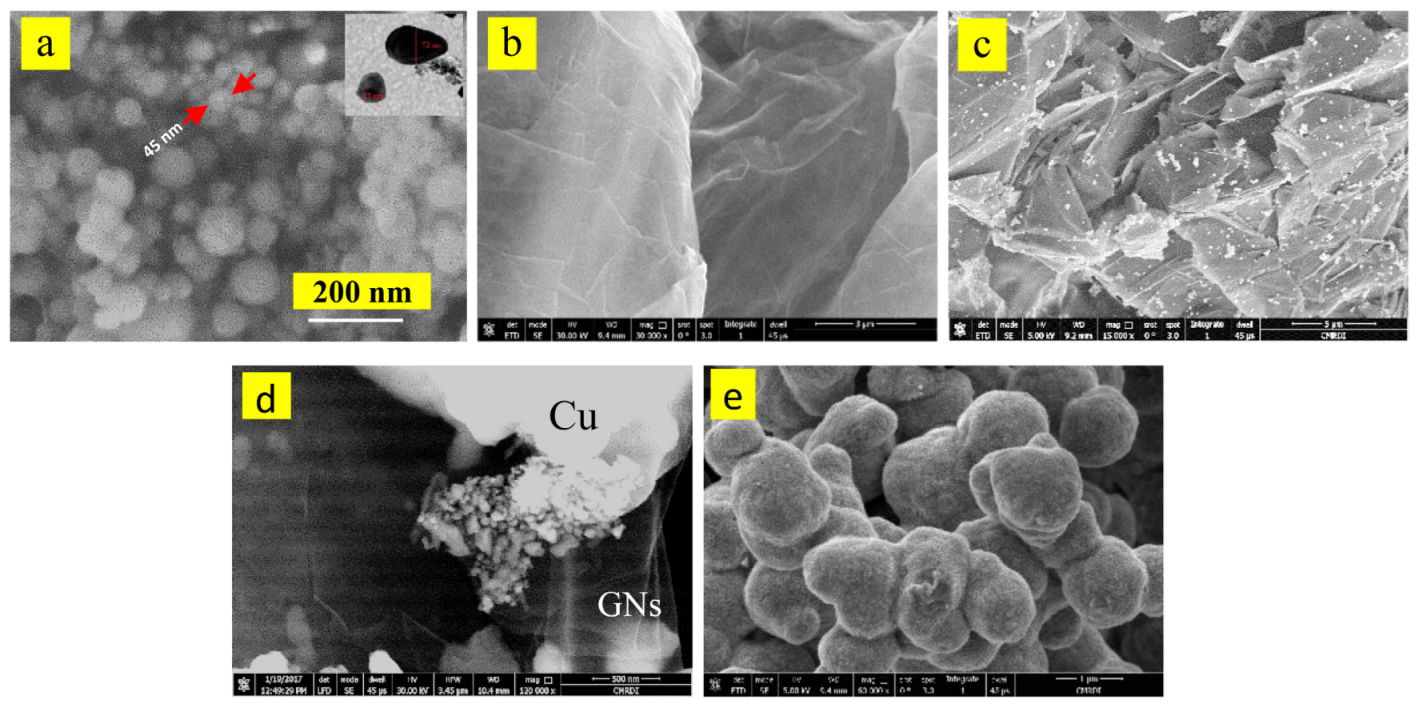
Aluminum nanoparticle powder
This powder contains very small aluminum particles that are prepared in the form of nanostructures.
These powders are used as raw materials for the production of nanomaterials and nanocomposites.
The toxic effects of nano aluminum particles on human health is one of the topics that many researches have been conducted in this field.
Some studies have shown that nano aluminum particles can have harmful effects on human health, such as respiratory irritation, lung inflammation, stimulation of immune system cells, and increased risk of respiratory diseases.
For this reason, there is a need for more research and the use of appropriate technologies to reduce the possibility of the toxic effects of nano aluminum particles on human health and the environment.
Aluminum nanoparticles with dimensions of 40-60 nm:
These aluminum nanoparticles with specific sizes (40-60 nm) are composed of very small aluminum particles.
This size is suitable for different applications of nanotechnology and different industries.
Aluminum nanoparticle powder: This powder contains very small aluminum particles that are prepared in the form of nanostructures. These powders are used as raw materials for the production of nanomaterials and nanocomposites.
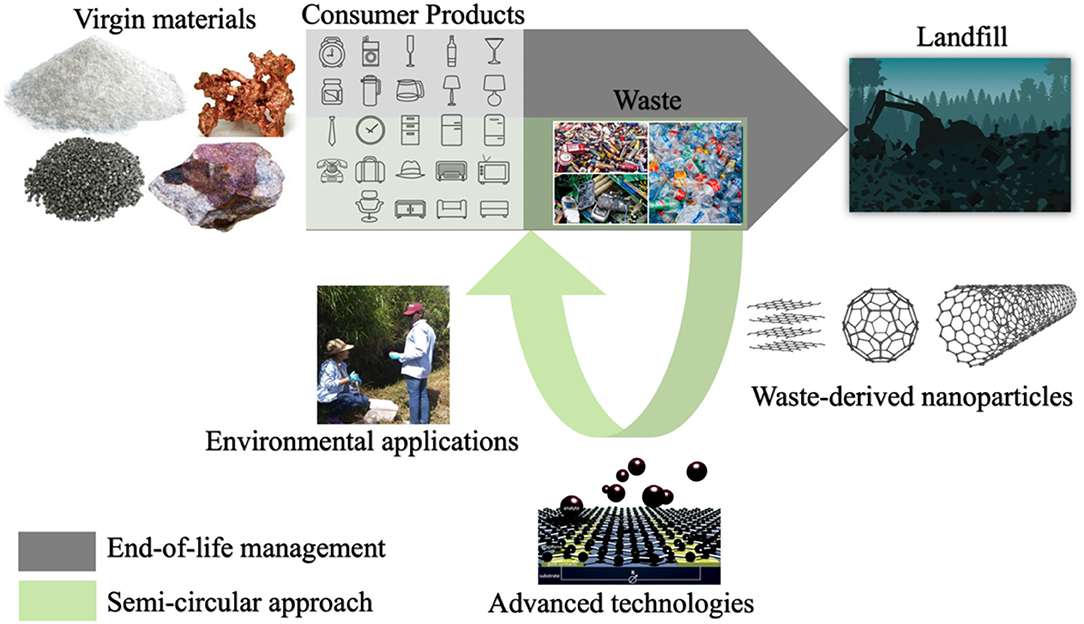
aluminum nanoparticles Unique properties
Aluminum nanoparticles have unique electrical, thermal, and mechanical properties that make them useful for various applications, including strengthening materials, synthesizing nanocomposites, and even treating diseases.
Aluminum in the form of nanopowder nanoparticles with a size of 40-60 nm are materials with special properties. Due to their nanometer dimensions, these aluminum nanoparticles have unique characteristics that make them the right choice for various applications in various industries.
Size:
Aluminum nanoparticles are very small, 40-60 nm in size, and these dimensions play an important role in their properties.
Features:
High efficiency:
due to their nanometer dimensions, these nanoparticles have high efficiency in various applications such as stimulation and chemical reactions.
Conductivity:
In addition, due to their small dimensions and more surface area, aluminum nanoparticles increase resistance to oxidation.
Applications:
Reinforcement of materials in the production of composite materials.
Use as a catalyst in chemical reactions.
Coverage in different industries.
Use in electrical and electronic industries to produce various parts.
In general, aluminum nanopowder nanoparticles with a size of 40-60 nm as advanced materials with unique capabilities have many applications in various industries such as nanotechnology, materials engineering, electronic industries, etc.
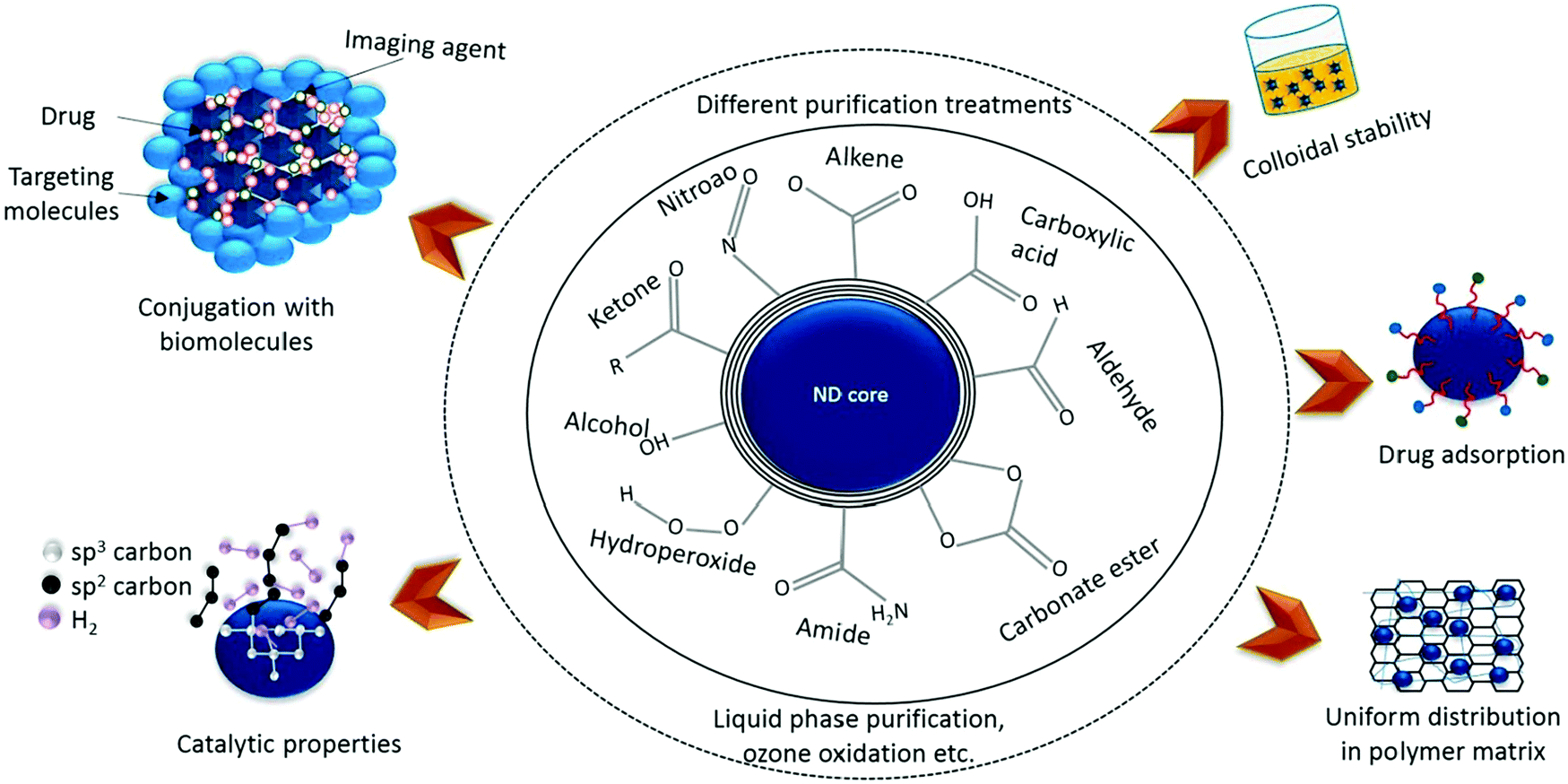
Applications of aluminum nanoparticles
The applications of these nanoparticles can be mentioned in electronic industries, nanocatalysts, nanostructure coating, nanophotonic optics and even treatment of diseases.
Aluminum nanopowder nanoparticles with a size of 40-60 nm, as an emerging technology, have been used in various fields in recent decades. But the first time when the concept and use of aluminum nanoparticles as nanopowder with a size of 40-60 nm was noticed, it may have happened in research and academic environments in the past decades.
Initially, the use of aluminum nanoparticles has been considered as an advanced material in materials, nanotechnology, electronics, etc. industries.
For example, the use of aluminum nanoparticles in strengthening materials, producing nanoplasma catalysts, making advanced electrical connections, developing corrosion-resistant coatings, etc. are among the important applications of these nanoparticles.
Therefore, the first time aluminum was extracted in the form of nanopowder with a size of 40-60 nm, probably in research and scientific fields to investigate and use its unique properties in the past decades.

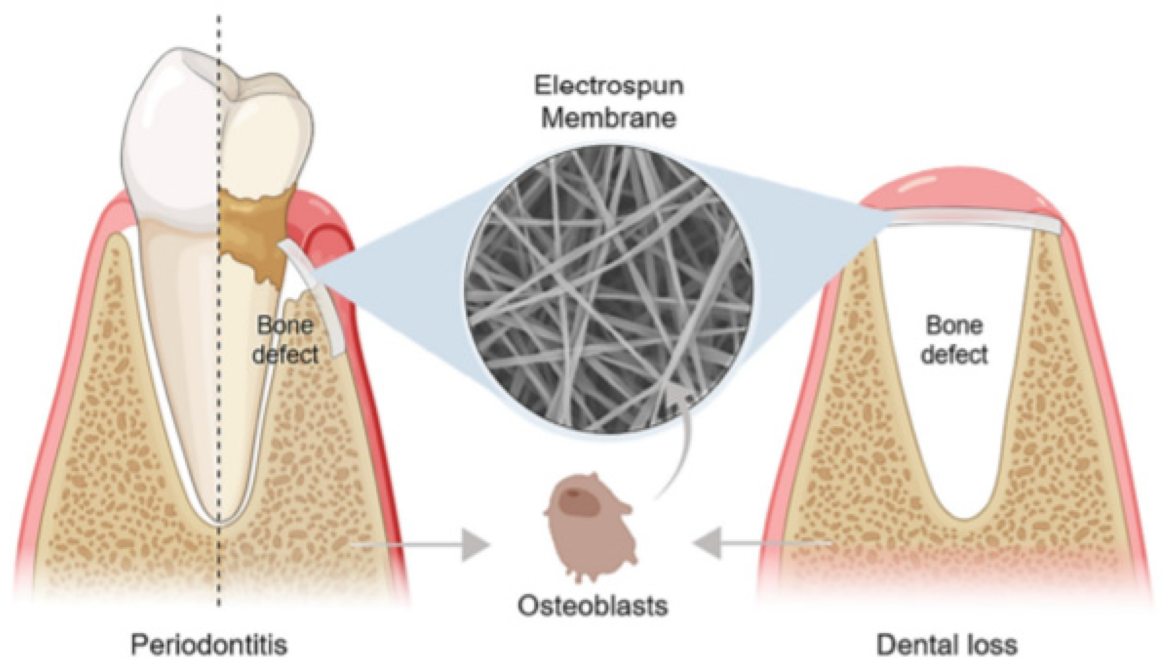
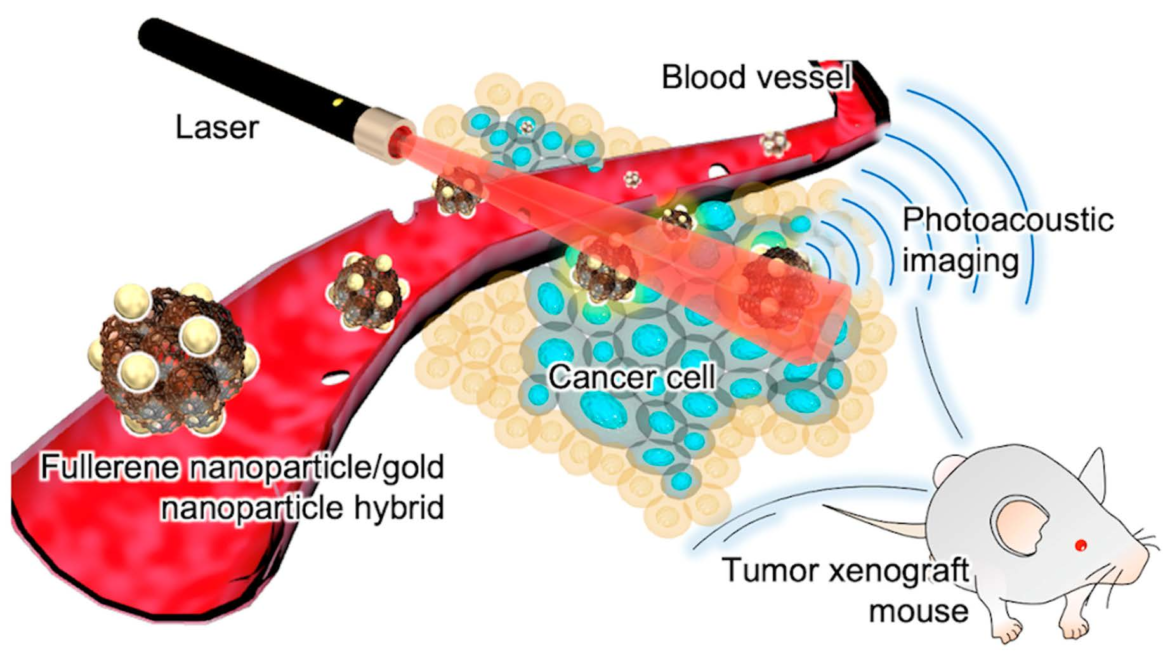
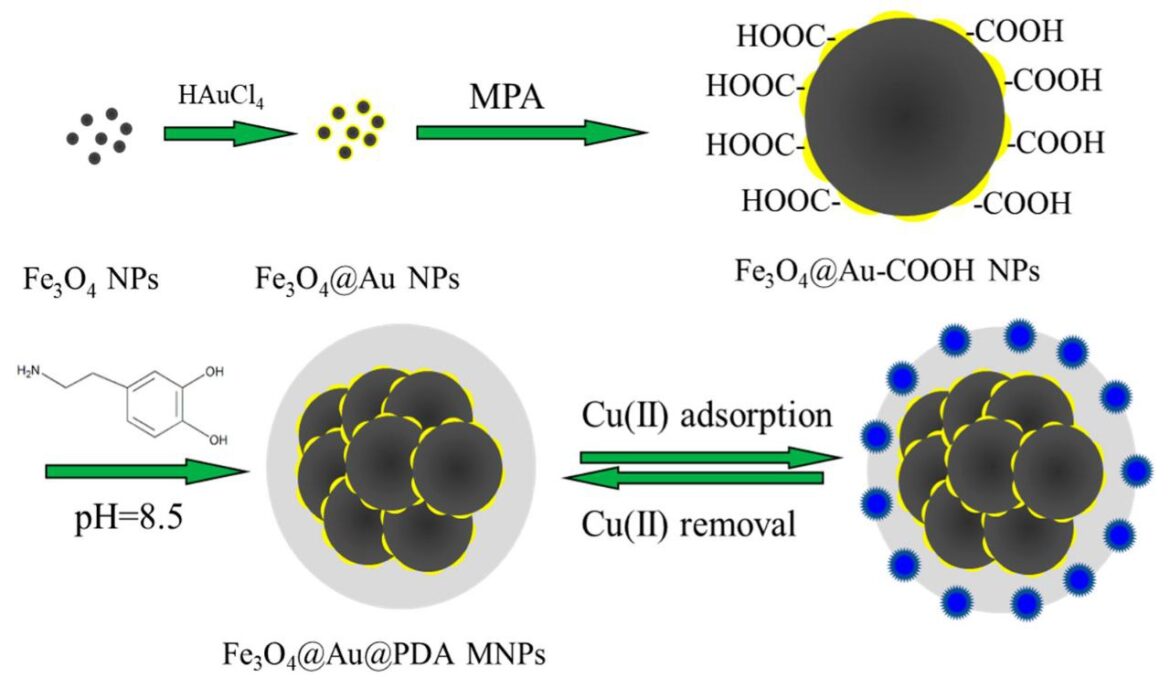

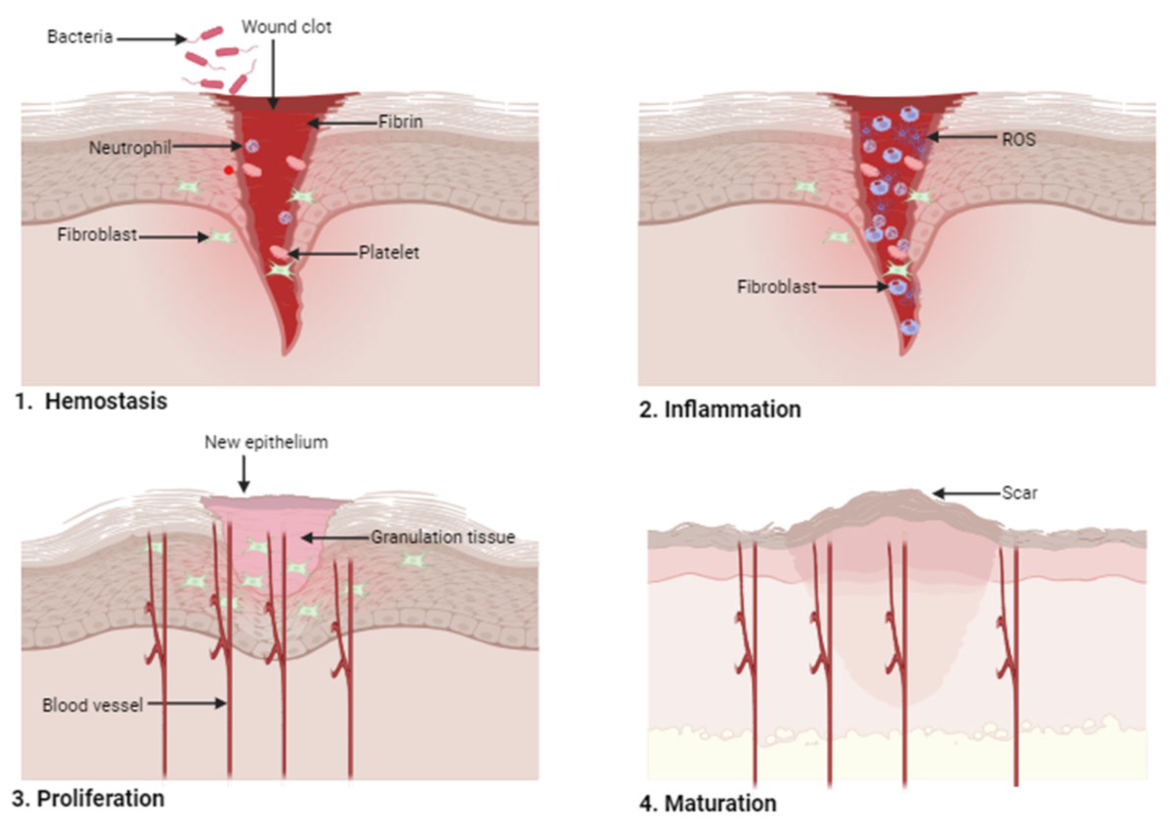
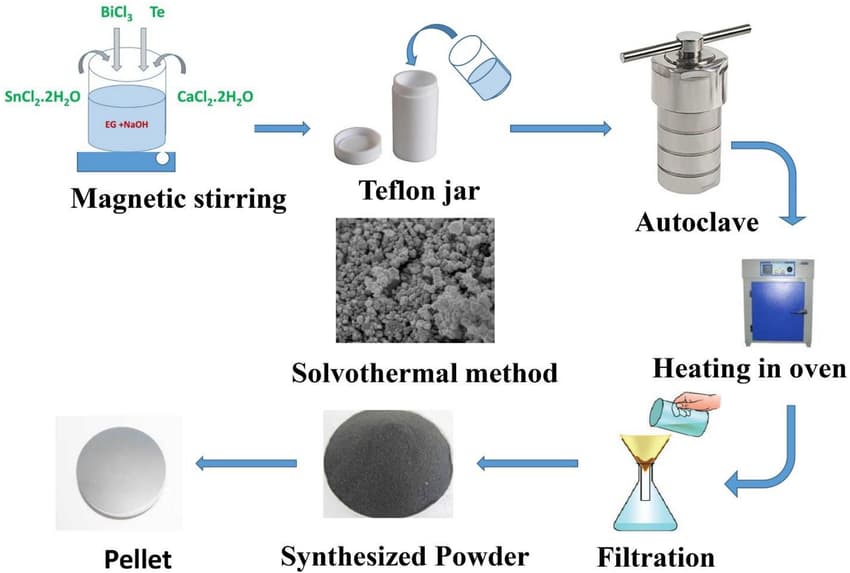
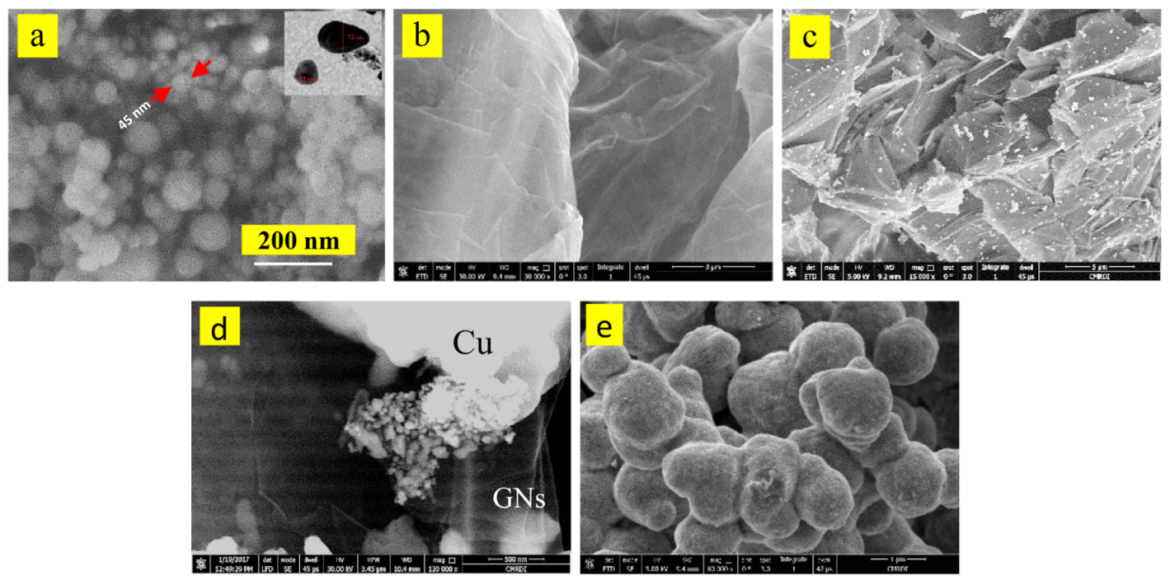
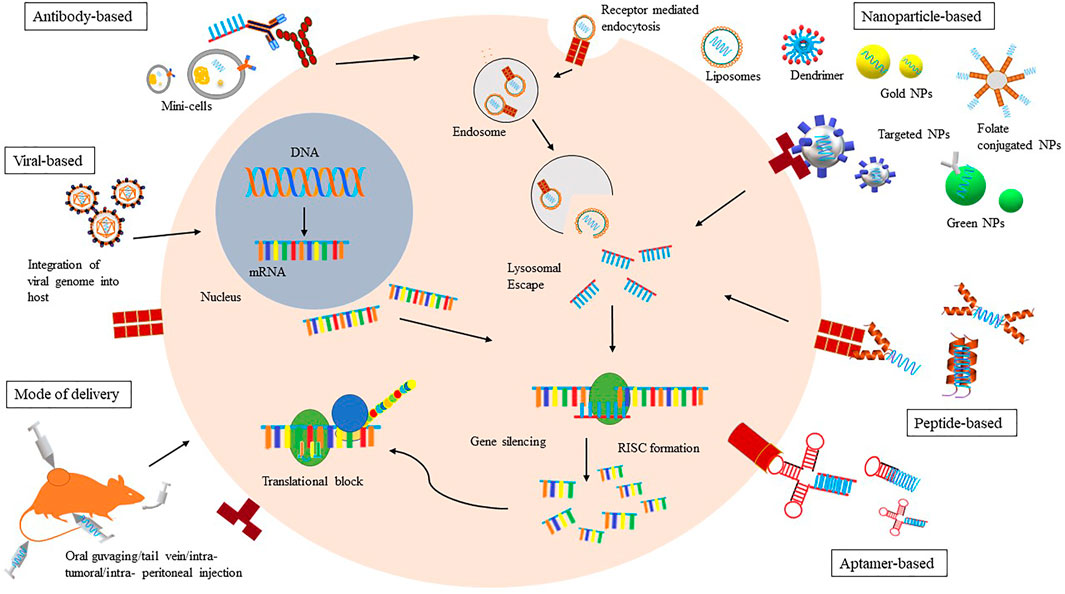
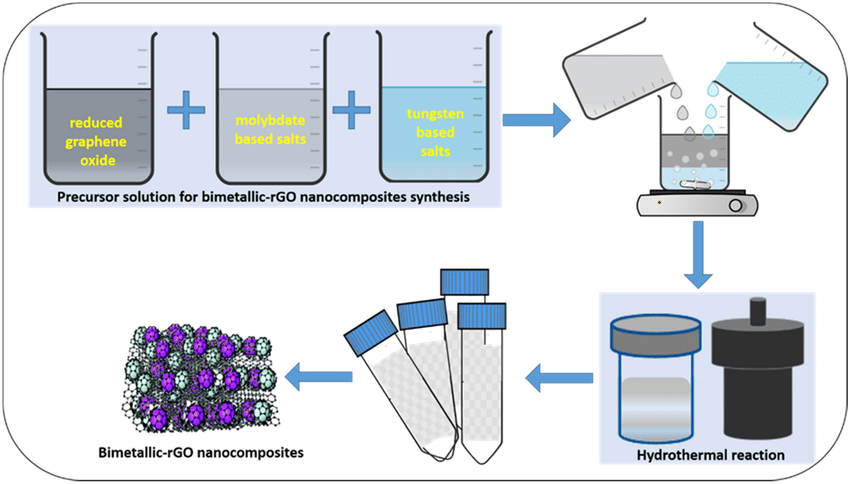
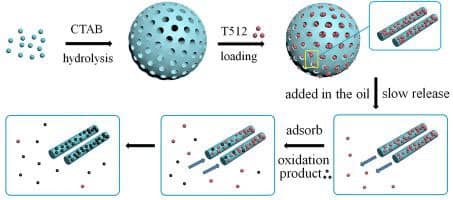
Your comment submitted.